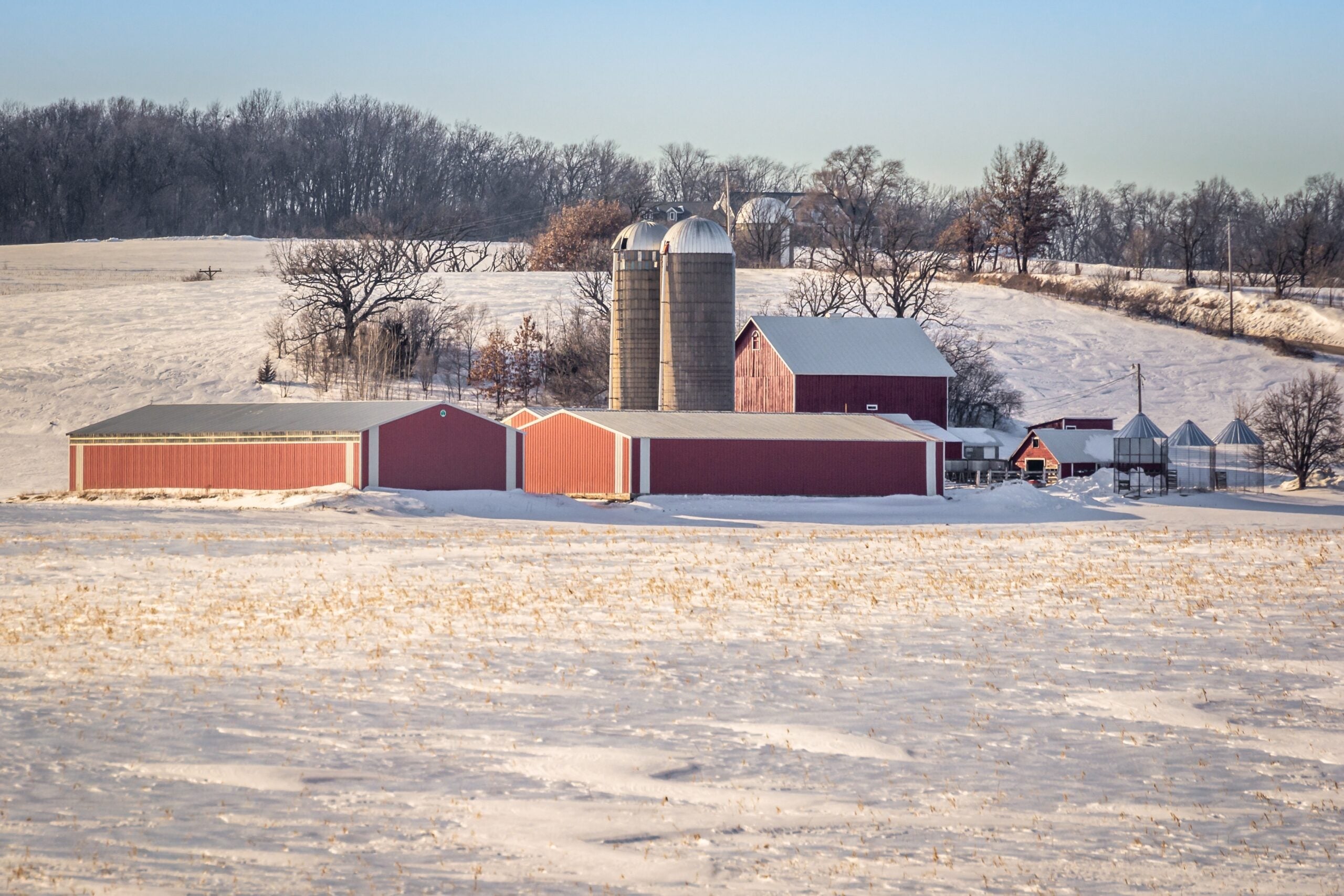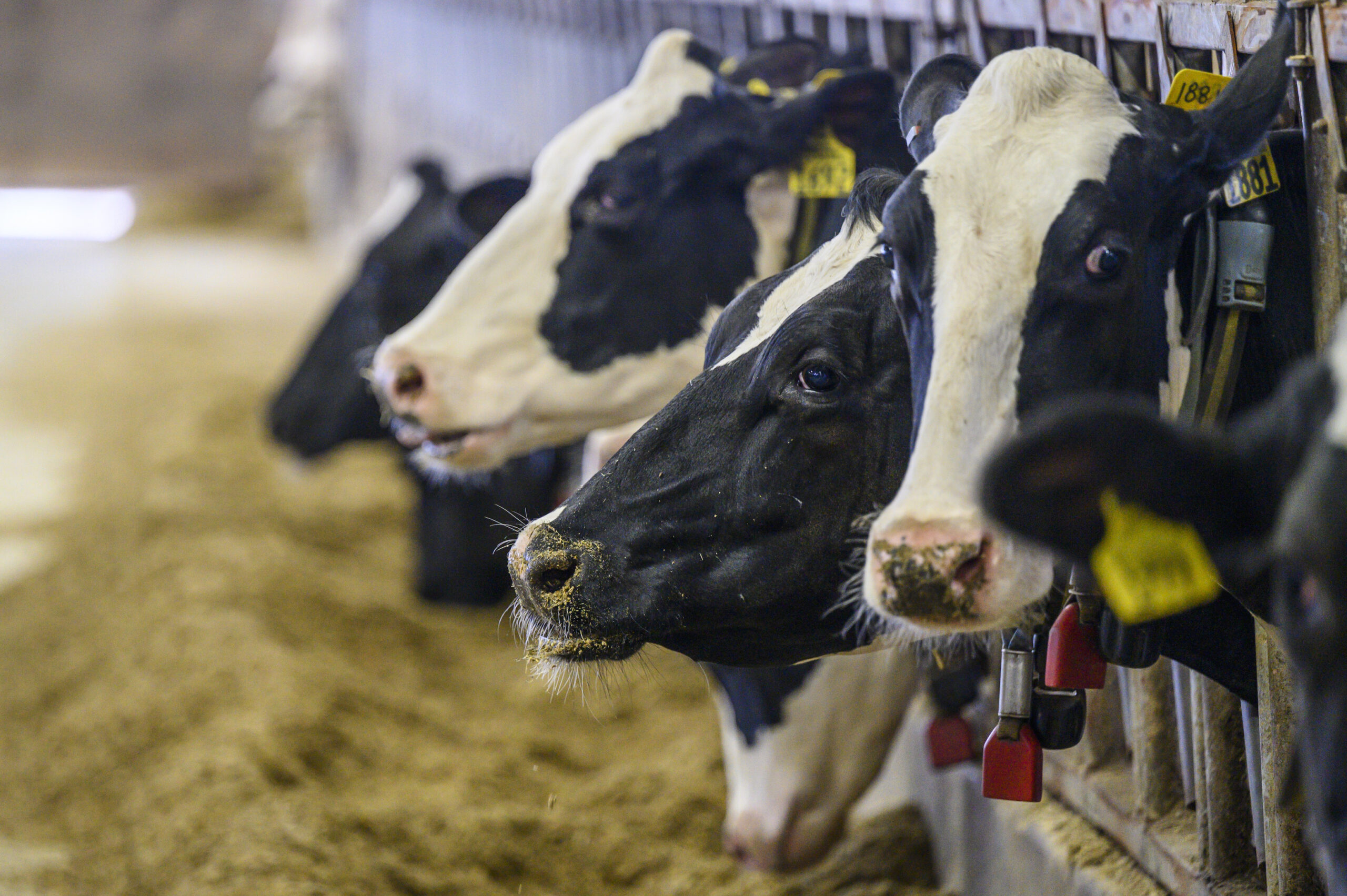Wisconsin agricultural economists say they’re hopeful 2021 will bring better margins for farmers. But questions about how quickly U.S. consumers and world markets will recover from the coronavirus pandemic mean the future remains uncertain.
Paul Mitchell, director of the Renk Agribusiness Institute at the University of Wisconsin-Madison, said farmers, like many people, faced a lot of stress in 2020. He said the pandemic brought both emotional stress, as COVID-19 spread in rural areas, and stress for their profession, due to disruptions to supply chains and consumer eating habits.
But Mitchell said financial support from federal and state levels and an improvement in crop prices last fall has helped many producers start this year with a strong financial outlook.
Stay informed on the latest news
Sign up for WPR’s email newsletter.
“The outlook really is hope and uncertainty. There are several reasons to be hopeful for 2021: commodity price trends look promising, margins look profitable for some farmers this year, particularly in the grains but I think even in the livestock,” Mitchell said.
Mitchell points out that agricultural land prices in the state have held steady in recent months and farm debt at commercial banks across the country declined by 8 percent over 2020.
He said the rate at which Wisconsin dairy farms are closing has also slowed. The number of registered dairy herds in the state this month was down about 5 percent compared to January 2020. Last year, that number had declined by 10 percent from the previous year.
“That back-to-normal dairy attrition rate, to me, is a very promising sign for 2021. And in general, the U.S. food system has adapted to the COVID pandemic,” Mitchell said.
But Mark Stephenson, director of dairy policy analysis at UW-Madison, said the dairy industry is not facing the same promising prices, mainly due to an increase in U.S. milk production.
“Milk production is well up. It’s been more than a 2 percent increase nationally since September,” Stephenson said. “When you get above that 1.5 to 2 percent level, it means we aren’t going to consume all of that product. We’ve really got to think about exporting it.”
Because of this oversupply, Stephenson projects prices could fall as much as 30 cents per hundredweight, or 100 pounds of milk, in 2021. And he expects prices will be volatile throughout the year.
“We’ve got so much milk on the marketplace and questions about where we’re going to be competitive and how we’re going to become competitive,” Stephenson said. “We may actually see some of our cooperatives again pulling the trigger on base/excess plans.”
Base/excess plans are a way for cooperatives to manage their milk supply, by paying farmers a lower price for extra milk beyond their usual production level. Some cooperatives used these plans in June as COVID-19 created disruptions for the industry.
Mitchell said other areas of the agriculture industry will likely see similar volatility in prices.
“Everything is so uncertain. How fast will the economy recover? We’ve got vaccines coming out, we’ve got variants that the vaccines may or may not work against,” Mitchell said. “How have consumer preferences changed? That’s been a big issue. I just don’t think we know yet. There’s been a lot of changes in how we buy and make food.”
He said the reduction in travel during the pandemic means many U.S. exporters don’t have a good understanding of the market needs in other countries.
Wisconsin Public Radio, © Copyright 2025, Board of Regents of the University of Wisconsin System and Wisconsin Educational Communications Board.



